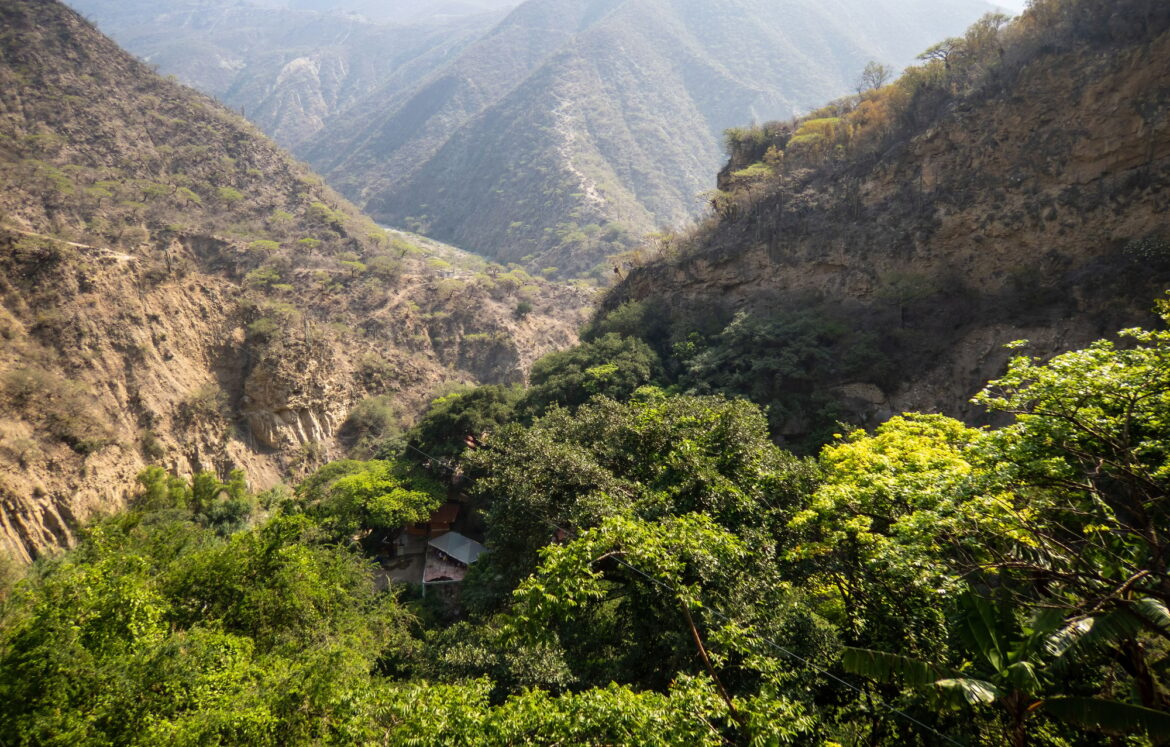How to Plan Trips Around Natural Wonders and Events

Introduction
There’s something magical about timing a trip to nature’s grand performances. Unlike man-made attractions, natural wonders don’t run on daily schedules — they appear, shift, and disappear, often in moments. From glowing skies to fields of wildflowers, catching these wonders at their peak makes every trip feel rare, personal, and deeply memorable. It’s a reminder that travel isn’t just about where you go, but when you choose to be there. Timing turns an ordinary trip into a once-in-a-lifetime experience.
Planning your adventures around nature’s clock is more than just good strategy — it’s a lesson in patience and presence. You learn to follow seasons, watch weather patterns, and anticipate the quiet, miraculous moments that many miss. It requires research, flexibility, and sometimes a little luck. But when you stand before a waterfall at its strongest, or under a night sky blazing with stars, it becomes clear: time and nature were made for each other.
1. Chase the Northern Lights
The Northern Lights, or aurora borealis, are one of the planet’s most breathtaking shows — but they don’t appear on demand. Their soft waves of green, pink, and violet light only dance in the darkest skies, far from city lights, and mostly in the dead of winter. Iceland, Norway, Finland, and parts of Canada and Alaska offer some of the best chances to catch them, typically between September and March. The best months are often the coldest, but the reward is worth every frozen finger.
Planning a Northern Lights trip means more than just booking a plane ticket. It involves tracking solar activity, choosing remote lodges, and staying up late into the night. Even then, nature holds the final say. That unpredictability is part of the magic. When the lights appear, they remind you that not everything can be controlled — some things must simply be witnessed.
2. Time Your Visit for Cherry Blossom Season
Japan’s cherry blossom (sakura) season is famous for a reason. For just a couple of weeks each spring, streets, parks, and riversides explode in delicate pink blossoms, creating one of the most beautiful natural scenes on Earth. Kyoto, Tokyo, and Osaka each have their own peak bloom periods, typically from late March to early April. Timing is everything — arrive too early or too late, and you’ll miss the show.
But cherry blossom season isn’t just about flowers. It’s about the way the petals fall like soft rain, how entire cities gather for picnics under pink canopies, and how even strangers slow down to admire the beauty. Planning a trip around this event offers more than a visual feast — it’s a cultural experience built on centuries of tradition, and a reminder that life’s most beautiful moments are often the most fleeting.
3. Catch Seasonal Waterfalls at Their Fullest
Many of the world’s famous waterfalls are seasonal, swelling in size after snow melts or heavy rains. Visit during the dry season, and you might find little more than a trickle. But catch them at their peak, and you’ll stand before walls of roaring, misty water that command silence and awe. Niagara Falls is always impressive, but Victoria Falls in Zimbabwe and Zambia, and Yosemite Falls in California, are at their mightiest in late spring and early summer.
Timing a waterfall visit involves checking seasonal patterns, rainfall totals, and park advisories. It can mean adjusting dates or being ready to travel at short notice. But few things compare to the sound of water crashing down hundreds of feet, or the feeling of cool mist on your face on a hot afternoon. These are nature’s most powerful moments, and they don’t wait around.
4. Plan Around Wildlife Migrations
Every year, animals across the globe move in massive, breathtaking migrations. One of the most famous is the Great Migration in Tanzania and Kenya, where millions of wildebeest, zebras, and gazelles move across the Serengeti in search of fresh grass. The best time to witness this natural wonder is between June and October, when river crossings turn into dramatic displays of survival and instinct.
But migrations happen everywhere — from monarch butterflies in Mexico to gray whales off the California coast. Planning a trip around these moments requires careful timing and sometimes luck. Animals move when they’re ready, not when your schedule says so. Yet witnessing a herd or flock on the move is a powerful reminder of nature’s rhythms and the ancient patterns still alive in the modern world.
5. Align Trips with Celestial Events
Some of the most unforgettable natural events happen in the sky. Total solar eclipses, meteor showers, and supermoons are rare, beautiful occurrences that can turn an ordinary trip into something extraordinary. Places like Chile’s Atacama Desert, with its famously clear skies, or the open fields of Wyoming during an eclipse, offer perfect settings for skywatching.
These events are planned far in advance, giving you time to secure the best spots and accommodations. Still, weather can be a spoiler, and patience is key. The universe doesn’t work on our schedule, and clouds can cover a long-awaited eclipse in seconds. But when conditions are right, and the sky opens up, it’s a timeless moment — one that reminds you just how small and lucky you really are.
Conclusion
Natural wonders don’t wait. They appear on their own terms, indifferent to flight schedules and hotel bookings. That’s what makes them so special. By planning trips around these fleeting, beautiful events, you’re not just traveling — you’re syncing your life with nature’s quiet, ancient clock. It’s a practice in patience, timing, and gratitude. Because when you stand before a once-a-year sunrise or a thousand migrating birds, you realize that time isn’t something to beat — it’s something to treasure.








